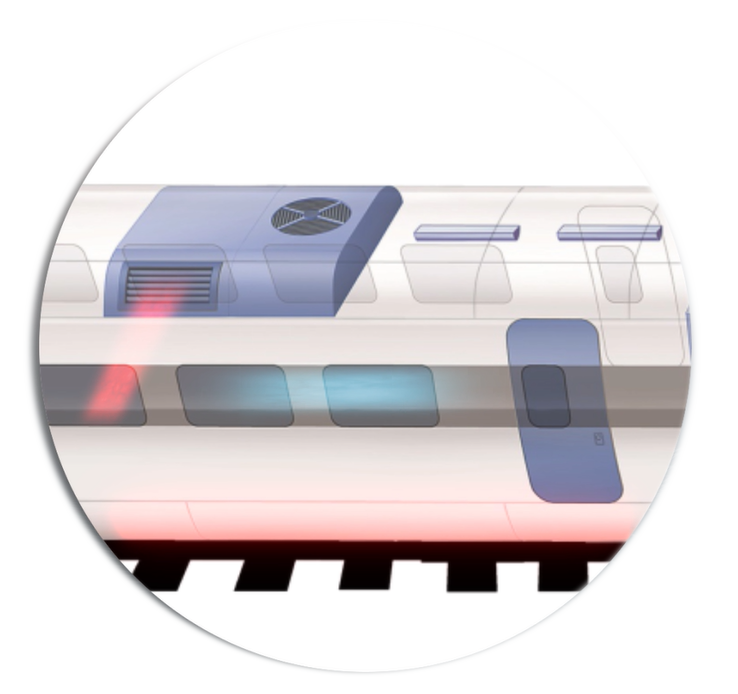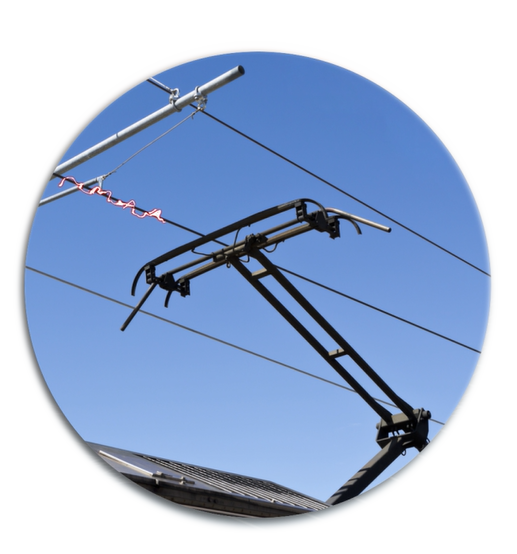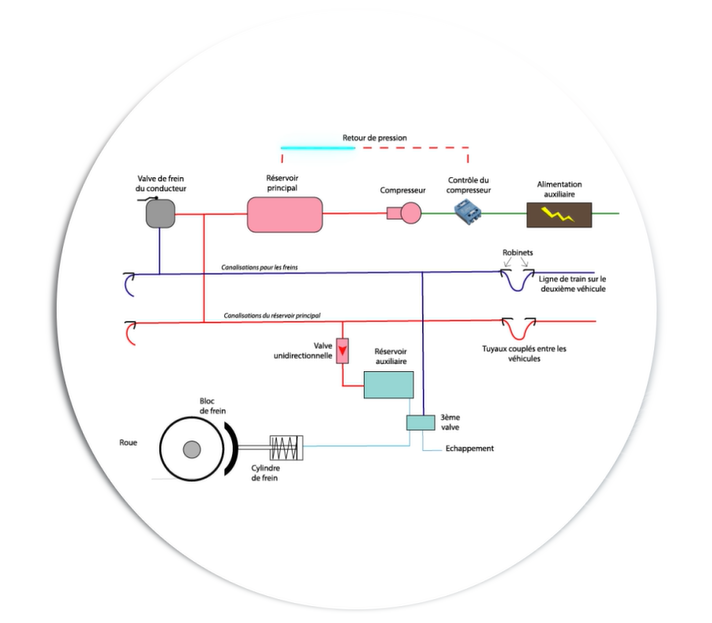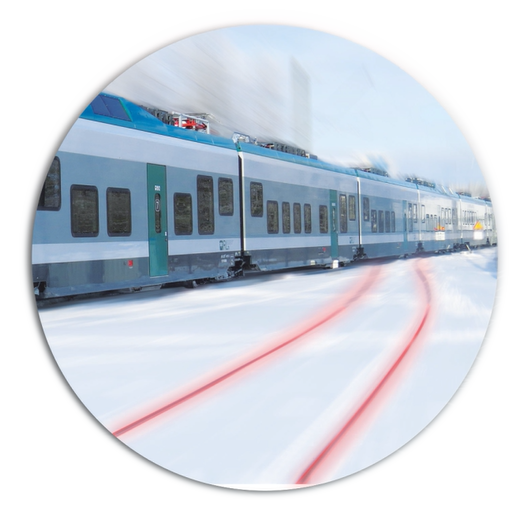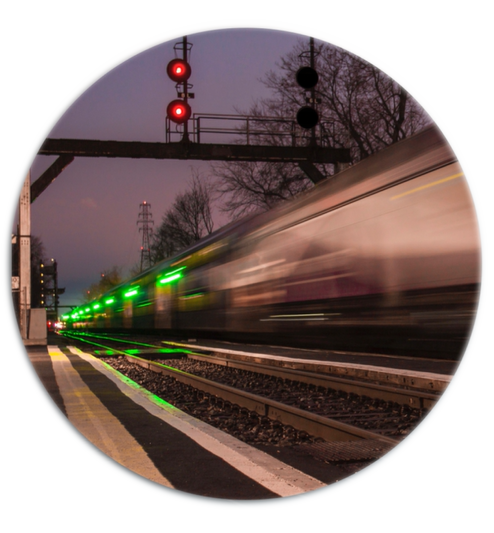Blog - NOS MARCHÉS - Innovations in the Railway industry
Global demand for railway transport is growing fast. Given present trends, passenger and freight activity will more than double by 2050.
The railway has come a long way since its introduction in the 17th century. Although the first public railway was introduced in 1803, steam and coal vehicles that used to carry cargo and passengers have now evolved into fast, comfortable and even automatic trains.
In a context of globalisation, technology has transformed the rail industry by increasing safety, improving user experiences and modernizing the entire industry.
In this article you will discover how innovation plays a role in the development of the railway industry and how it continues to shape the train of the future.
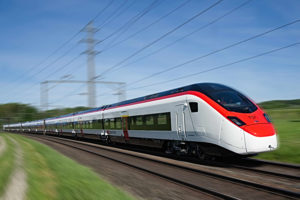
In an increasingly urbanised world, rail transport is well adapted to urban needs. High-speed rail can serve as an alternative to short-distance air transport. Conventional rail and cargo can complete or even replace other modes of transport to ensure efficient and clean mobility. In a context of ecological transition, rail transport has an important role to play in relieving congestion in cities and better serving suburbs and rural areas. Many specialists agree that it is the best alternative for the sustainable development of many territories.
Technology reduces the risks caused by human error. Intelligent automated rail control and cyber security of connected trains have also been improved. Thanks to multiple sensors installed in the engines but also on the tracks, the entire rail network can be efficiently controlled. The modernisation of the network and the removal of level crossings further increases this safety. According to a BEATT study, fatal accidents on the French railway network are on a decreasing trend of about 4% per year. They went from 120 in 2000 to 65 in 2018. This makes the train 45x safer than the car.
Many facilities are installed for the comfort of the passengers (electrical plug, Wi-Fi…). Thanks to this, train travel is more and more comfortable. The well-being of passengers has become a decisive commercial asset. But the most important thing for passengers is to travel in an air-conditioned, temperature-controlled and filtered atmosphere whether the trains are new or renovated. This is particularly true in the current health context caused by the COVID-19 pandemic.
The increase in traffic has caused a more rapid deterioration of the railway tracks and its infrastructure (signalling, switches), leading to higher maintenance costs. They can, however, be regulated and controlled thanks to technology.
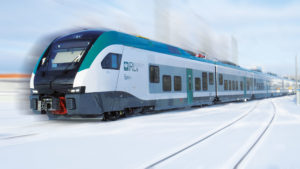
Celduc relais has always had special links with the railway sector. Firstly, thanks to its location, Celduc is situated in the Loire, close to the very first railway line in France. Secondly, because of its history, the founder of our company Michel Guichard has participated in the development of many technologies in order to revolutionise the railway sector.
Celduc relais, thanks to our ranges of sensors and solid state relays, offers many solutions to improve and optimise the railway sector. Place your trust in celduc’s expertise which will guarantee a better reliability and durability of your railway installations!
-Reliable electrical components which can be used under extreme application conditions (temperature variations, shocks, vibrations, electromagnetics emissions).
-Guaranteed safe operations
-In compliance with international standards : EN50155 / EN50121-3-2 (CEM)/ EN45545-2 (fire behaviour) / EN61373 (shocks and vibrations)
-Less maintenance (an electro-mechanical DC contactor must be changed every 1 or 2 years)
-Long life time and products availability : at least for 20 years
-Additional features to the SSR can save space, wiring and reduce system downtime : diagnostics, bus communication, temperature controller directly pluggable on SSR …
We are pleased to introduce in this blog article some examples of applications :
